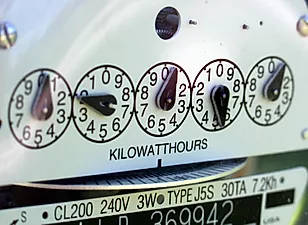
Technologies
The Technology Behind Solara
Solara utilizes a variety of proven technologies and building techniques to achieve unprecedented energy efficiencies, harness the free and renewable energy of the sun and provide unmatched convenience for our residents. These technologies are summarized below. These technologies combined with great attention to detail and continuous monitoring of the construction process were paramount in meeting the goal of a net zero community. Explore more about these technologies below.
Passive Solar Design
Passive solar design is the simple method of using strategic design and building orientation to take advantage of solar heating during the winter. Significant heating gains are achieved from passive solar design, all without the use of any mechanical or electrical devices. Passive solar design is characterized by south facing, long and narrow buildings with significant glass on the south side. Exterior shading is used to prevent solar gains during the summer months.
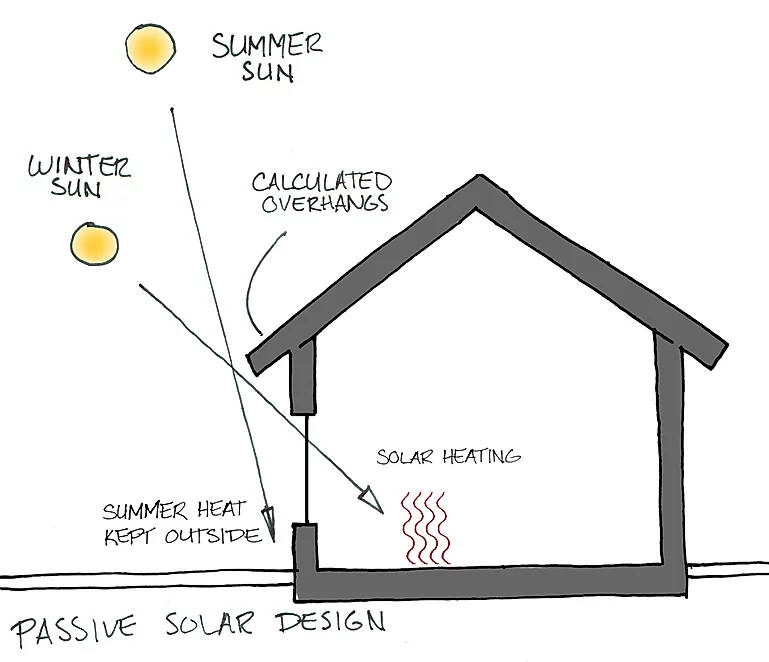
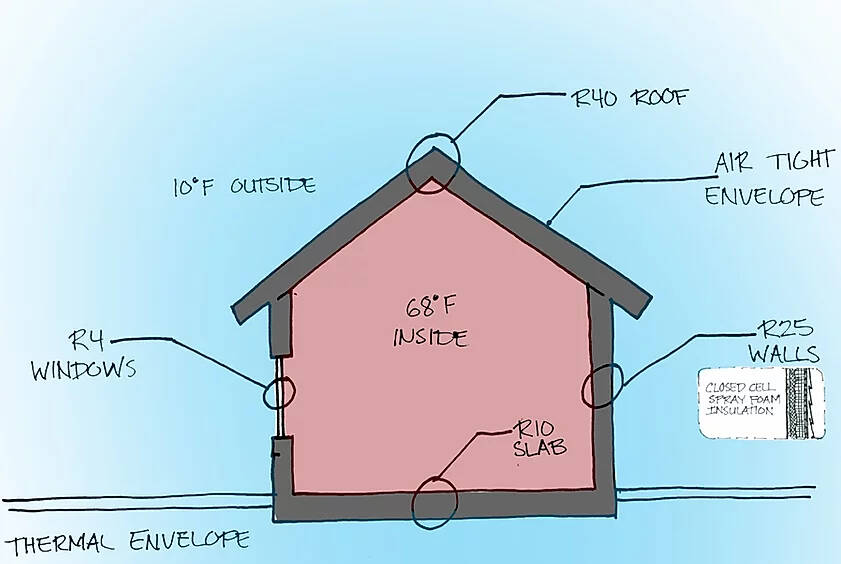
Superior Building Insulating Envelope
Airtightness is the key to a well insulated building. Equally important is a continuous insulating envelope around the entire building, including the foundation and exterior insulation that provides a thermal break for structural members. Painstaking attention to construction detail, the use of a taped sheathing system, spray foam insulation and superior windows assures air tightness of the building. To confirm air tightness was achieved, every building was pressure tested several times during the construction process.
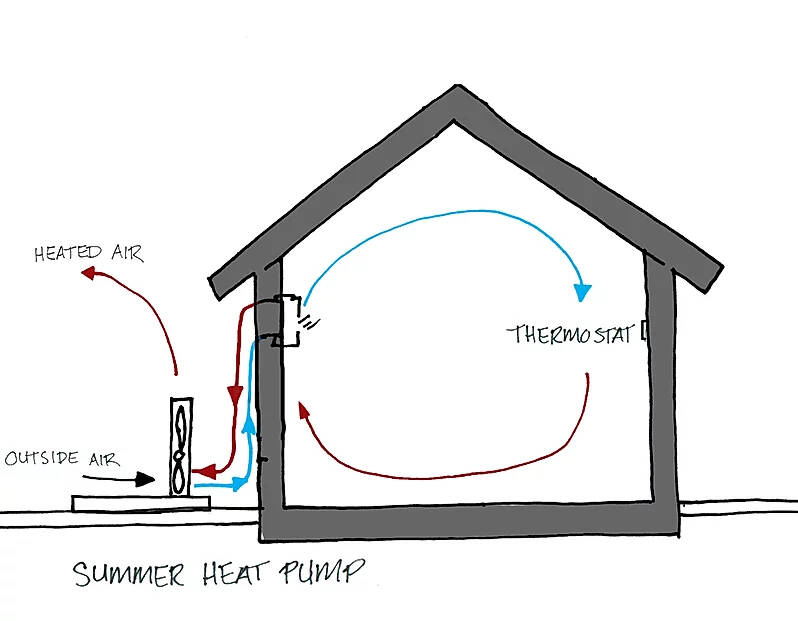
High Efficiency Heating & Air Conditioning
High efficiency air-to-air heat pumps heat and cool the apartments. A heat pump is essentially a refrigerator running in reverse, heating instead of cooling during winter months. This process is reversed for cooling in the summer. The buildings are so well insulated that very little energy is needed to keep the apartments comfortable year-round.
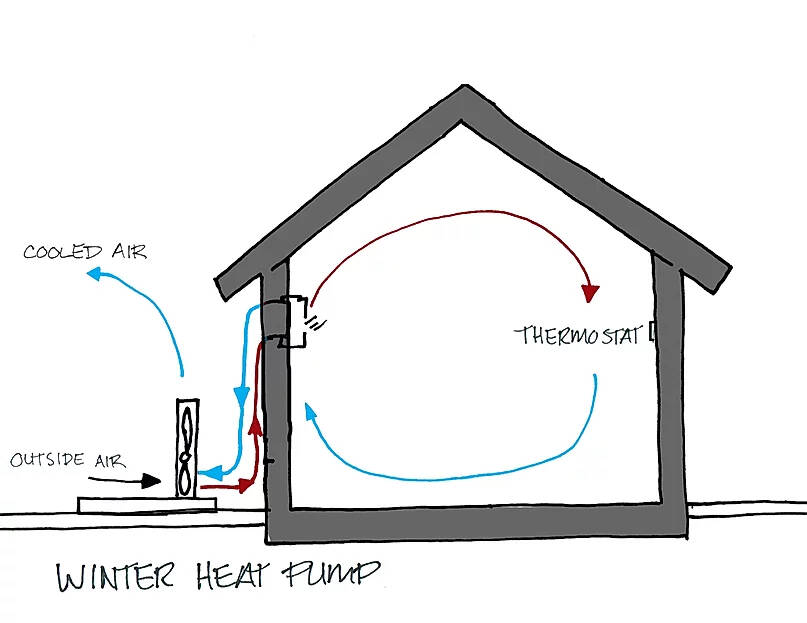
Energy Recovery Ventilation (ERV)
A tight building envelope requires good ventilation. A heat recovery ventilator supplies continuous fresh air to all the apartments resulting in a much healthier living space. During the winter this system recovers the energy from the warm, outgoing air. That recovered energy is used to heat the cold incoming air. In the summer, the process is reversed with the incoming air being cooled by the outgoing air. Therefore the heat recovery ventilator can supply fresh air to the apartments without significant loss of energy to the outside.
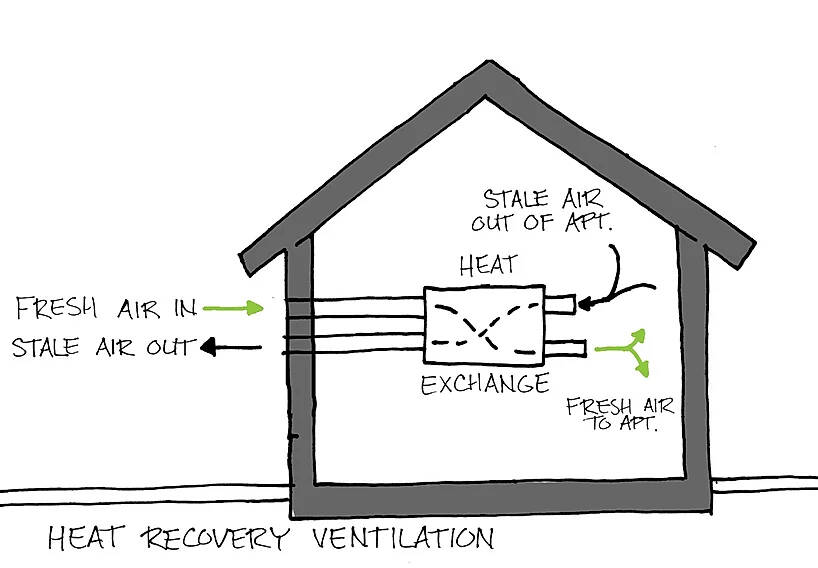
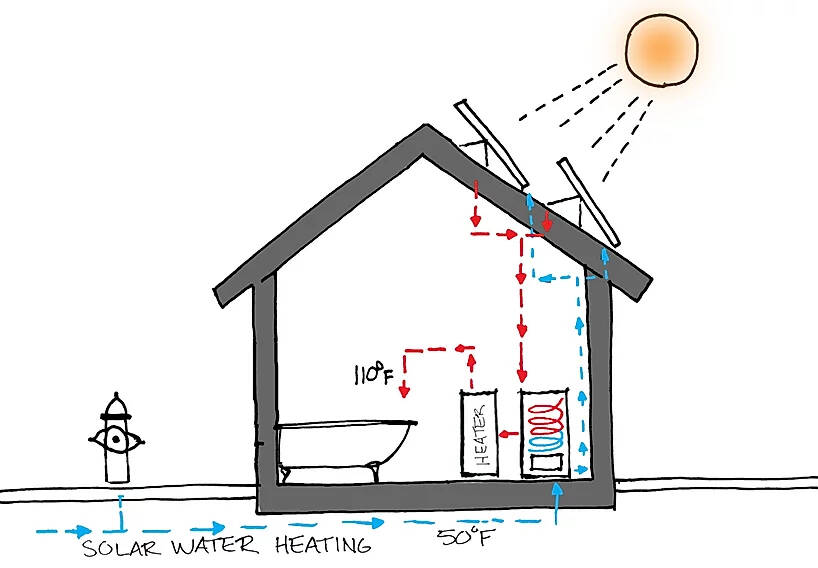
Renewable Energy Generation
To achieve net zero performance, the community must produce enough energy to sustain itself. Harnessing the renewable energy of the sun generates all the electricity and heat that is required for apartment living. The sun’s energy is harvested in three ways: 1) by photovoltaic (PV) solar panels, which convert sunlight directly to electricity, 2) by solar thermal panels that use the sun’s energy to heat water for the domestic hot water system and 3) through passive solar means to heat the interior of the apartments during winter months.
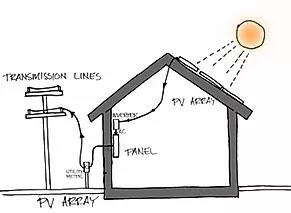
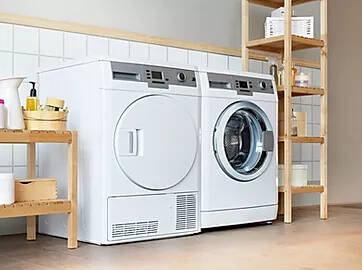
High Efficiency Lighting, Appliances and Fixtures
All lighting is by high efficiency, long lasting Light Emitting Diode (LED) fixtures. Not only do LEDs save energy, but they last a long time. Most LED fixtures are rated for 50,000 hours of operation before they need replacement, essentially eliminating the hassle and expense of changing bulbs. To minimize light use, strategically located windows provide natural light during the day and occupancy sensors control lighting for common areas. Highly efficient EnergyStar refrigerators, stoves, clothes washers, dryers and dishwashers are used. Water saving toilets and shower heads are used. Inefficient toilets are the largest water-wasters in the average apartment.
Energy Consumption Feedback
Ultimately, achieving net zero performance hinges on how residents use energy. Energy feedback is provided to each apartment, showing how much energy is being used at the moment and over the course of the year. This feedback is provided to encourage energy conservation and to indicate if something is wrong with the mechanical systems of the building.
